The role of a true Executive Team
One of the most critical distinctions that differentiates effective teams at an Executive level is how they address the crucial Executive team question:
"What is it, that requires us to come together interdependently and for which we are collectively responsible?"
Navigating the transition from individual or functionally based accountability to organisation wide accountability is a defining characteristic of effective Executives. Clarity on exactly what is (and what is not) the business of the Executive team, is a hallmark of high-performing Executive teams.
Interdependent Responsibilities
Every Executive leader has three sets of responsibilities they must fulfil concurrently:
High-performing Executive teams are clear on what they are collectively responsible for that requires a high degree of interdependence amongst its members. Importantly, these responsibilities are limited and do not represent all things – in fact high-performing teams distinguish between the issues that need everybody’s involvement and those that need only some members involvement; where an individual expert is trusted to ‘get on with it’ and be personally accountable.
But most important of all, Executive teams organise themselves, schedule their time and structure their meetings, such that they allocate the lion’s share of the time they spend together, exclusively addressing the issues for which they are collectively responsible.
To be sure there is some review and reporting back on the dependent or independent activities of members, at times Executives might also ask for input from their colleagues on wholly independent matters, in the interest of generating new insights or solutions to particularly challenging problems. But these functions are ancillary, incidental and occupy a small proportion of the time of a high- performing Executive (in low-performing Executive teams, it often consumes all of it).
The Focus of the Executive Team
So, what are these high level, interdependent tasks that are grist for the mill of the best Executive teams?
It is a function of many factors i.e. there is no definitive list. Internal culture, external environment, the organisation’s strategy all influence where the Executive should spend its time. That said, some of the most effective teams we’ve worked with give a disproportionate amount of time and energy to issues such as:
Clarity on ‘why’ for what we do (purpose)
Creating a context and vision through a clear description of a desired future state for the organisation
Defining, articulating, promoting and repeating the strategic direction of the organisation
Regularly reviewing progress on strategic goals
Role modelling and leading through values
Defining structure, roles and accountability to support the strategy (eliminating ambiguity)
Working across boundaries, integrating the operations of different parts of the organisation
Representing the organisation to the outside world, linking it to the communities, stakeholders, sector and world within which it operates
Being the antenna to the outside world, collecting information and scanning the horizon for change
Encouraging spontaneity, flexibility and creativity
Accessing discretionary effort through effective motivation
Ensuring staff have the resources and information to get the job done
Influencing a ‘whole of organisation’ approach to talent development
In summary, a key transition from senior functional management to Executive team membership involves going ‘meta’ to what was previously your primary concern, the successful fulfilment of your functional responsibilities. Effective Executive teams focus their time, energy and attention on those few, critical issues that require high degrees of interdependence and for which they are prepared to take collective responsibility.

